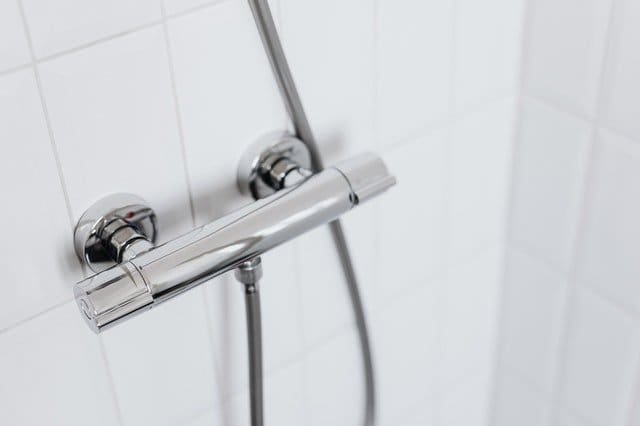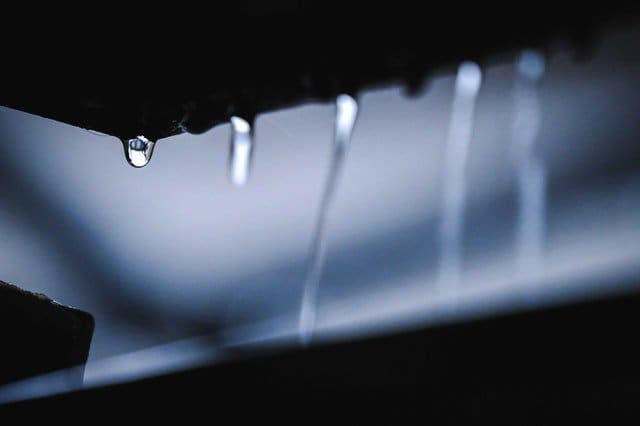Completely avoiding problems with your home’s plumbing is almost impossible. Modern homes have a vast network of water pipes running through them and we use copious amounts of water for a wide range of household activities. It is inevitable that, at some point, something will go wrong with parts of the plumbing or human errors will lead to problems.
But even if plumbing issues are not entirely avoidable, you can still choose what kinds of plumbing problems you will be dealing with. You can either choose to constantly deal with plumbing emergencies or you can be solving routine maintenance issues, says Taylor Street, a property management company in Phoenix. The difference between the cost and effort of solving these two kinds of plumbing problems is significant.
What are plumbing emergencies and how are they different from routine maintenance?
What is a plumbing emergency?

Plumbing emergencies are severe plumbing issues that leave your home without water or result
in water going where it is not supposed to go. Any plumbing problem that cuts off the water
supply to your home or parts of it is a plumbing emergency. It is also a plumbing emergency if it
floods your home or parts of it. Plumbing emergencies must be dealt with instantly; they are
urgent.
Routine plumbing maintenance, on the other hand, deals with issues that do not cause immediate
disruptions. In other words, the pipes or fixtures are working, and your home still has water.
Maintenance tasks often appear unnecessary because there is no apparent damage to the
plumbing. But doing up-to-date maintenance will help you avoid plumbing emergencies.
Plumbing emergencies are costly and highly distressing. In addition to replacing the damaged
plumbing, you often have to fix damage to your home. For instance, if your home is flooded
because of a plumbing leak, you must pay to fix the flood damage as well as your damaged
plumbing. This is why it makes sense to avoid plumbing emergencies.
The most common plumbing emergencies and how to avoid them
1. Burst pipes

A burst pipe is easily the most damaging plumbing emergency; it can release as much as
100 gallons of water into your home within an hour. Three things may cause a pipe to
burst: corrosion, high water pressure, and freezing. Often, when pipes burst because of
freezing or high water pressure, they were already weak from corrosion.
Inspecting plumbing pipes/joints on a schedule and looking out for signs of high water
pressure can help prevent this problem. During winter, you should leave at least one
faucet dripping to keep water from freezing inside the pipes and bursting them.
2. Overflowing toilet
This is either caused by debris clogging the toilet or a malfunction of the toilet’s float
mechanism. If the problem is from the float mechanism, the overflow will happen in the
tank. But if the toilet itself is blocked, water will back up in the bowl when you flush.
Preventing a toilet from getting clogged is a simple matter of not flushing things like hair,
tissue, or other materials down the toilet. To keep your toilet’s overflow mechanism from
failing, change the device at the first sign of malfunction.
3. Stopped-up sink or shower drain
![]()
This is an all too familiar problem when water refuses to go down the kitchen sink or
shower drain. In both cases, the problem is caused by dumping stuff in the drain that is
not meant to go there.
If you are dealing with a clogged kitchen drain, the culprit is usually grease, coffee
grounds, or food waste. For the shower, it is often human hair, small toys, and bottle lids.
The simple way to avoid this problem is to not let these things get into the drain.
Installing a hair catcher over the shower drain will keep hair from getting inside the drain
and blocking it.
4. Dripping faucets and leaky pipes
Dripping faucets are a nuisance and they will inflate your water bill. But a dripping faucet
is really a simple problem to solve. A faucet will leak if the washer that seals the tap is
worn out. Replacing the washer will solve the problem.
Leaking pipes are a bigger issue. Like a dripping faucet, they are also caused by worn-out
parts, particularly pipe joints. A pipe will also leak if the joints are loose or the water
pressure is too high. If a pipe or the area around it is always wet, check for loose pipe
joints, signs of corrosion, and ensure the water pressure is not too high.
5. Water heater malfunction
There are several types of water heater malfunction: the device may leak, deliver water
that is too cold or too hot, and produce water that has a bad odor or color. Water heater
leaks are mainly caused by corrosion and high water pressure.
A water heater will not work properly if it has a lot of mineral deposits. Mineral deposits
and corrosion will also give the water a bad color or foul odor. To avoid these problems,
the water heater should be flushed on a schedule, to rid it of sediments. At least, once a
year, have the appliance inspected. Also, check the pressure valve regularly and lookout
for signs of leaks.

